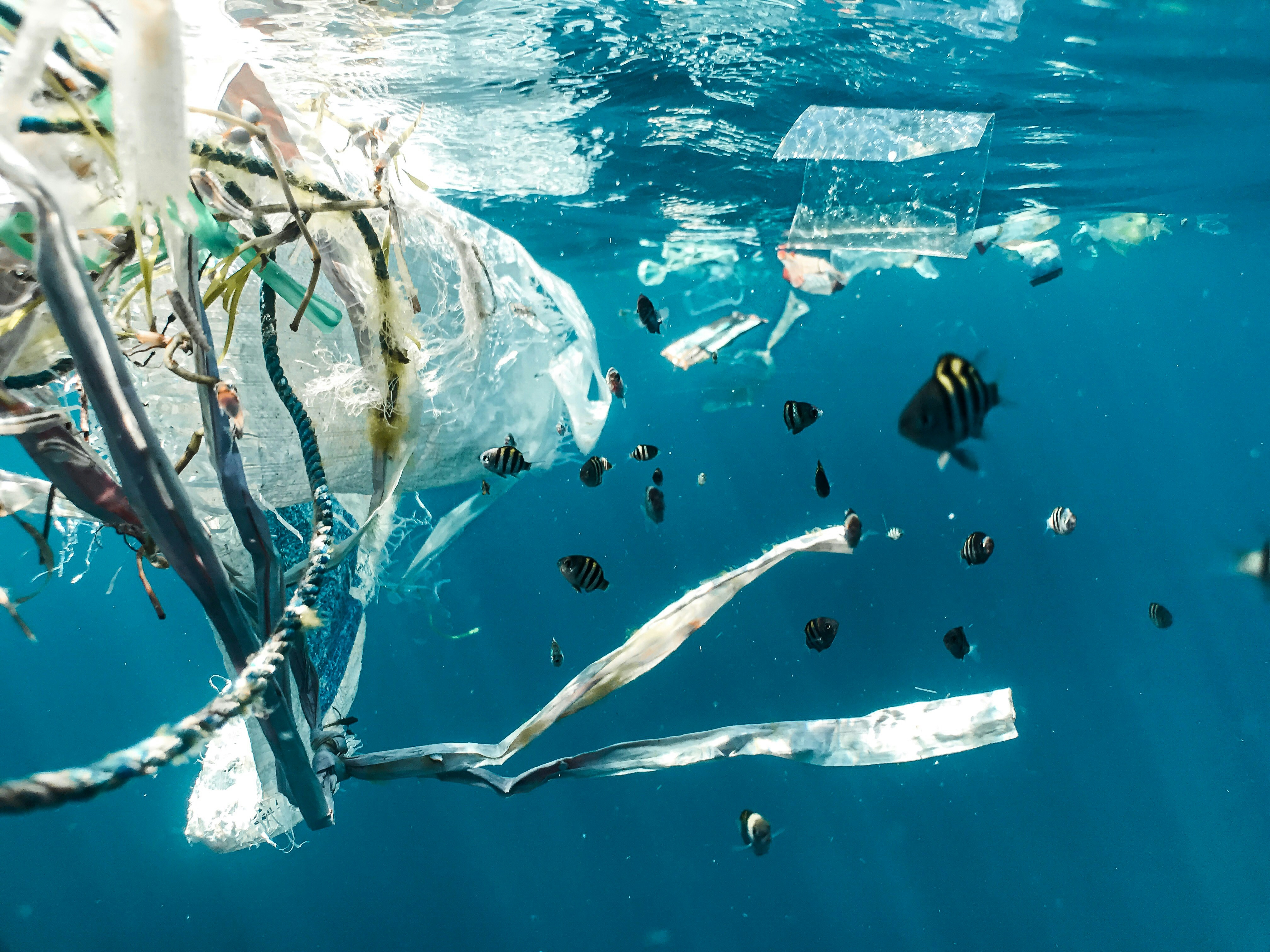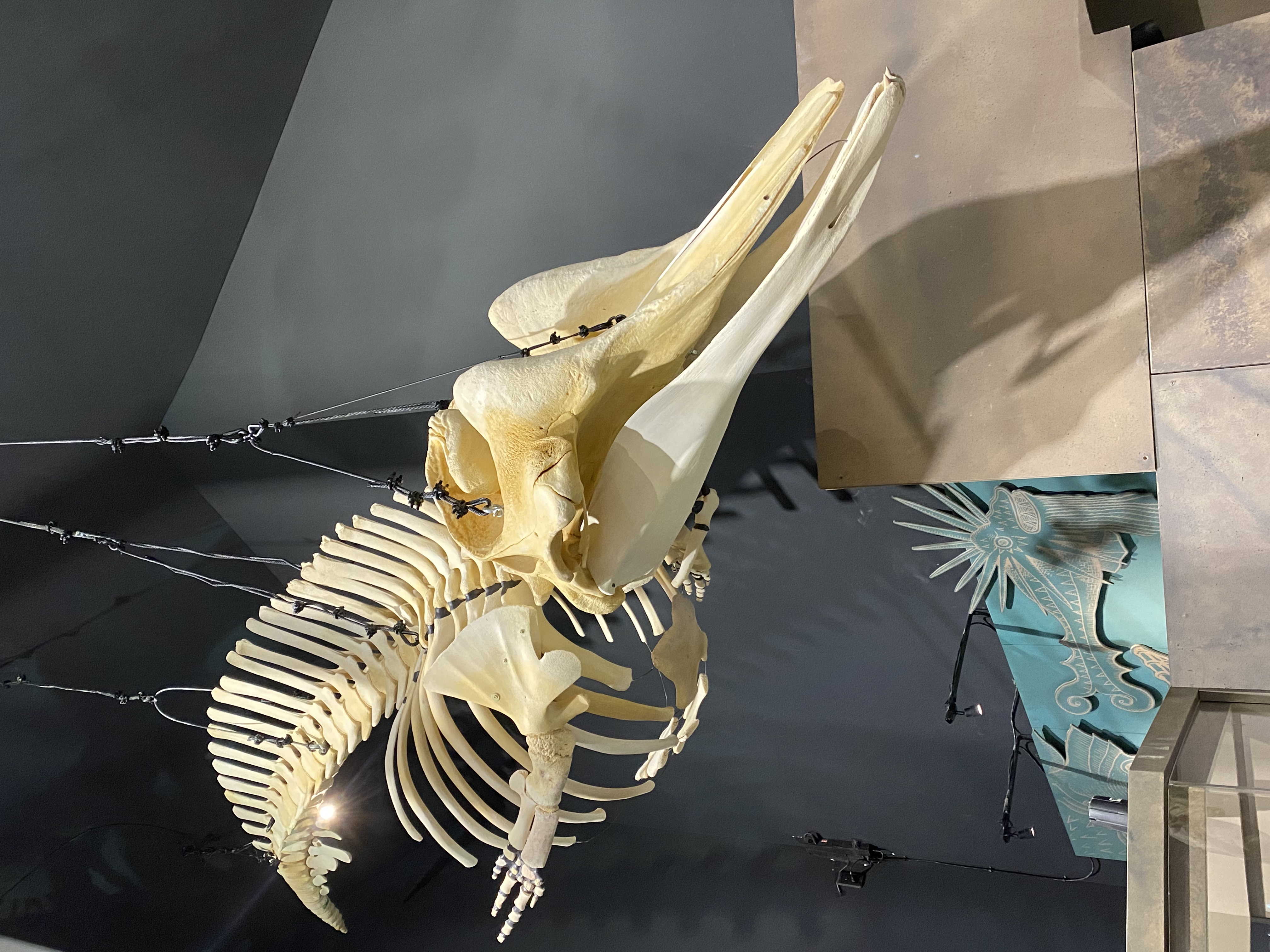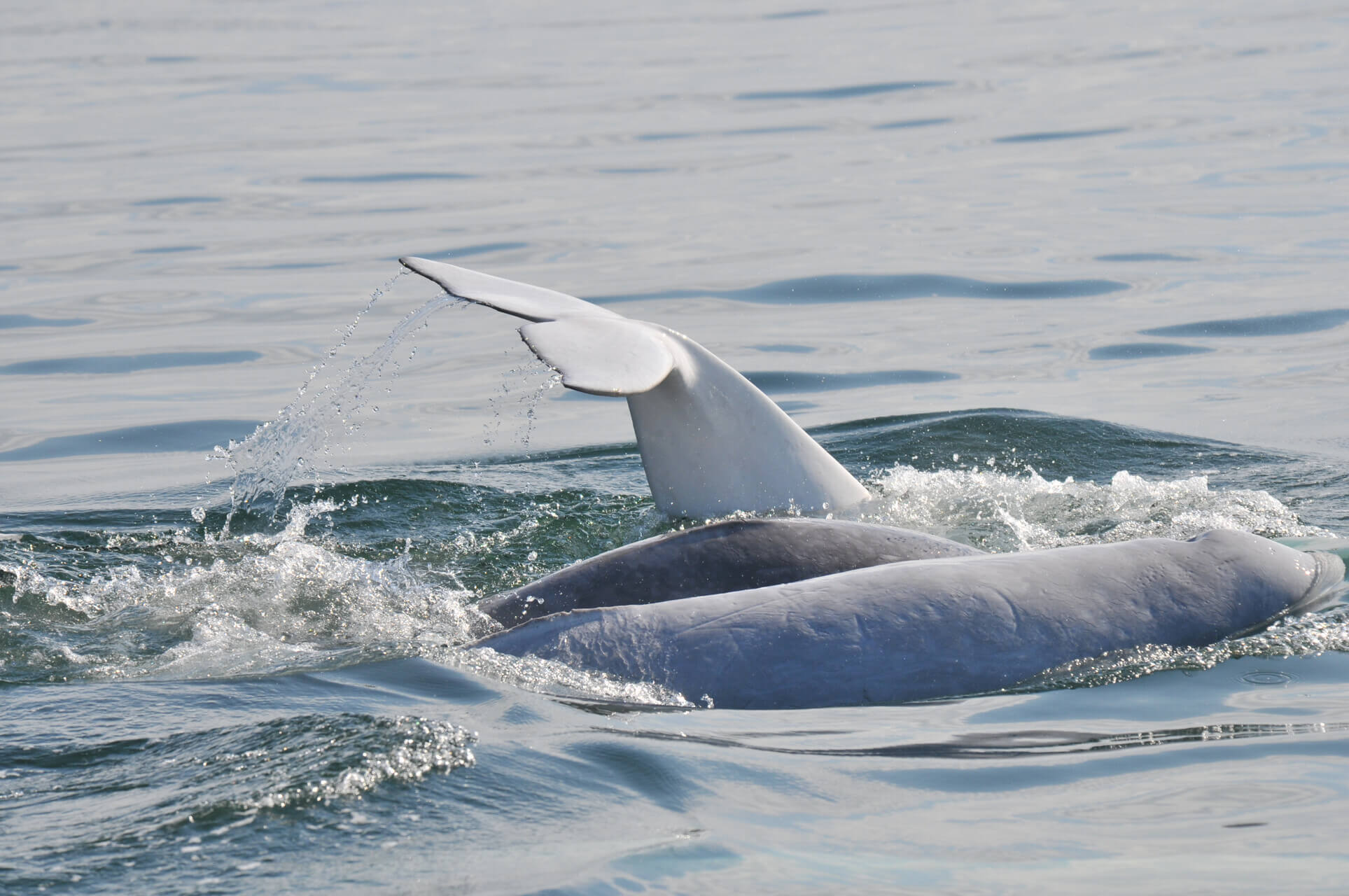Although a killer whale can easily swallow a whole salmon, it prefers to tear it into pieces to share with family members, according to a study published in the journal Animal Behaviour. Food sharing, which is believed to increase the odds of survival of family members, is thought to be one of the main reasons why northern resident killer whales of the Canadian Pacific seemingly remain their entire lives in the same family group and in the same geographic area.
Researchers have analyzed data collected over 12 years on the sharing of prey caught by northern resident killer whales. Two distinct populations of killer whales (Orcinus orca), called northern and southern residents, live off the west coast of British Columbia. Both these populations are at risk. According to the 2014 census conducted by means of photo-identification, the northern resident population is believed to number approximately 290 individuals.
In the vast majority of social animals, one of the two sexes usually displays a high degree of philopatry (the tendency of some individuals to remain in or return to their place of birth) while the other sex is more likely to disperse. Such a strategy limits inbreeding and competition between members of the same family. On the other hand, in northern resident killer whales, both sexes display a high degree of philopatry their entire lives. They live in stable matrilineal family groups, usually including the mother, her offspring, and the offspring of her daughters. Males breed with females from other groups but return to their mother after mating.

A previous study has shown that male descendants over the age of 30 are 14 times more likely to die in the year following the death of their mother. For females of the same age, the risk of dying following the death of their mother increases only by a factor of three. The presence of a mother around her offspring, especially males and even if they are sexually mature adults, therefore increases their chances of survival. But how do mothers increase the odds of survival of their adult offspring? What are the benefits of philopatry for males and females of this population? Researchers have attempted to answer these questions.
Using a surface drive boat to minimize disturbance and an underwater video camera, researchers observed 685 salmon catches in the course of 217 encounters with northern resident killer whales between 2002 and 2014.
Approximately three-quarters of the salmon caught were shared. The vast majority of shares take place between members of the same matrilineal family, even if killer whales have the chance to share with other individuals who might be present. Adult females almost always share their prey, mostly with their own offspring, but also with their brothers, sisters, nieces and nephews. On the other hand, once their daughters have their own offspring, their mothers only rarely share with them. Young killer whales share a little over two-thirds of their prey, especially with their siblings, but also with their mother. Adult males share about a quarter of the prey they catch, and mostly with their mother and siblings.
According to the authors of this study, food sharing provides killer whales not only with direct benefits by maximizing their own chances of survival, but is believed to also provide indirect benefits by favouring the survival of family members and increasing the distribution of the gene pool. These advantages are probably enough to encourage both male and female family members to stick together. Sharing food also minimizes competition between members of a family for a relatively rare food source – chinook salmon – thereby reducing the benefits of dispersion.
Sources:
Recovery Strategy for the Northern and Southern Resident Killer Whales (Orcinus orca) in Canada
To learn more:
On Whales Online:
Si les épaulards vivent longtemps après leur ménopause, c’est pour s’occuper de leurs fils (in French)





